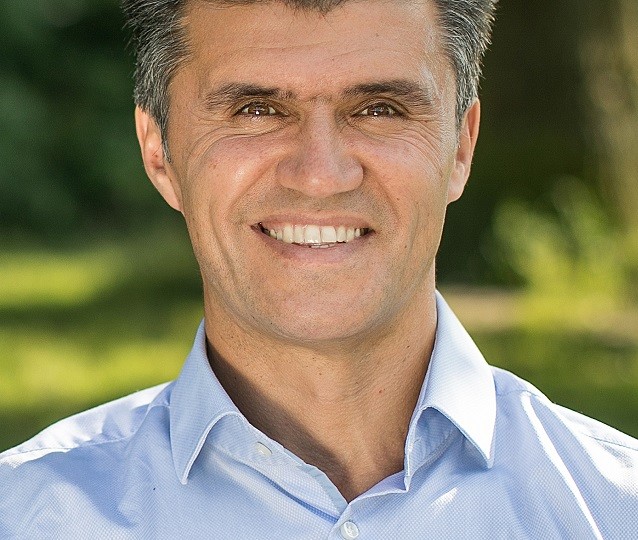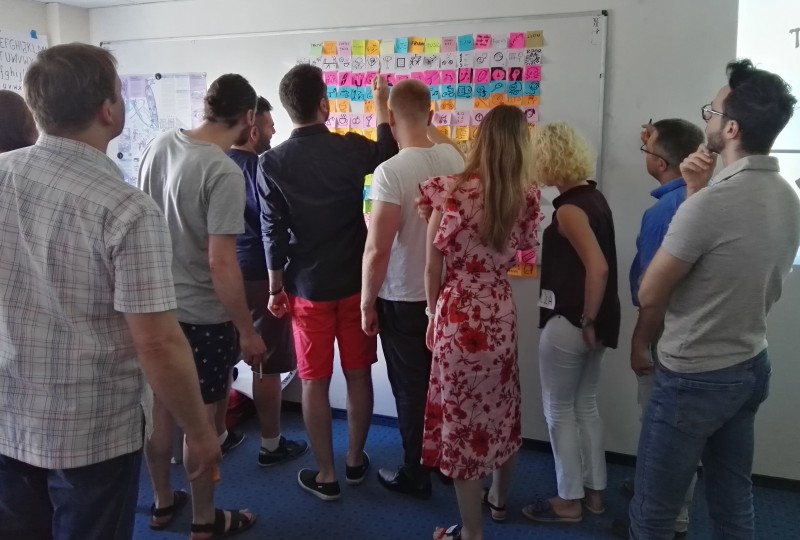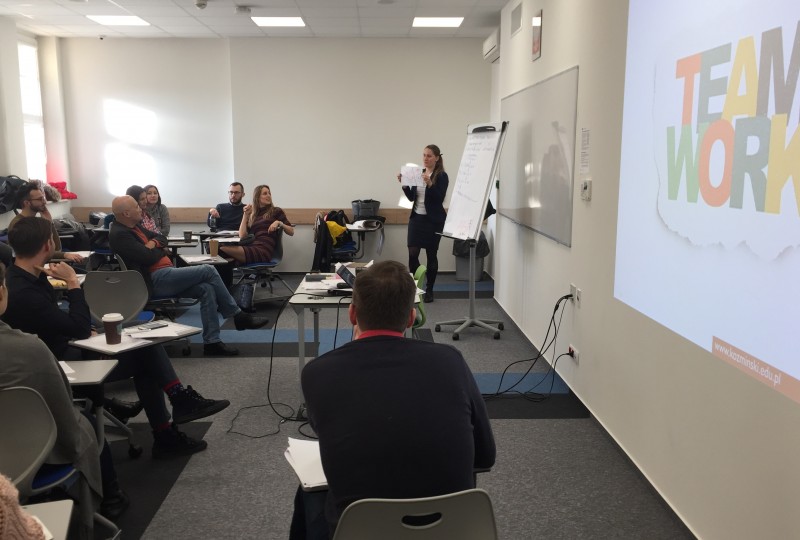Working in the virtual environment in the time of the coronavirus
As of March 2020, working in the virtual environment became a reality for a vast number of employees - basically anyone who was able to work from home, was encouraged to do so. For some companies it required just a slight change in the way they operate, as remote work was already established to some extent, while for others it took the nasty virus to impose the immediate introduction of the remote work.
On the way to perform
As with any change happening, this one also falls within the Tuckman model of adopting change: storm, form, norm and perform. So, the basic question is – how can we move to the performing phase? What tools or best practices facilitate working in the virtual environment?
First of all, I would say the more important focus is on the communication. During the usual, old fashioned, face to face conversation, most of communication happens via our body language, tone of our voice, mimics on our face, not purely the words we speak. All that is missing if we communicate only via e-mails. So, if this is the scenario, let’s make sure our writing is clear and concise, not leaving much space for misinterpretation.
But online solutions give us so much more possibilities to connect. Multiple platforms for audio & video connections (among others: Ms Teams, Zoom, Google Hangouts, Skype) used frequently, help to bond and foster relationships. Another way to streamline the communications is to use applications such as Slack or Trello. It makes sense for a team to catch up once in a while, on even to set up a virtual coffee meeting or a Slack channel for sharing best binge-watching shows or bread-baking recipes.
However, one important note just as it happens for face to face meetings, the same applies to virtual working environment: make sure to stick to the basic etiquette of the tool (for example – think twice before clicking “reply all”, on a call, make sure your microphone is muted if you are not speaking, send fewer notifications on Slack). Transparency also helps the colleagues to understand your availability and to plan accordingly their work or meetings (use the statuses on Slack/have the calendar open and updated so it is clear for example you are on a meeting and will be able get back with requested answer in a while).
Even the online training[1] can be entertaining and fully engaging, as we have practiced at Kozminski University just days after announcing lock down – for the first fully online session at the Transition Manager Academy (it was actually my session on working in virtual and cross-cultural teams), 100% of students who filled in the survey agree or definitely agree with the statement: I would recommend this course to others.
For the team work, the tools that ensure all is clear for the next steps and assignments are for example the responsibility charts such as RACI - once all the team is aware who is Responsible for a given task, who is Accountable, who should be Consulted and who is supposed just to be Informed - it makes that project flow definitely more streamlined.
[1] As a side note, you can have a look at the useful tools for online training here: https://epale.ec.europa.eu/pl/blog/interaktywne-szkolenie-online-mozliwe?fbclid=IwAR3IDQ1tvDUAmfObedC91qCngTmN0g6uN3ISiqd6oSKEuC0GvfzlxKXP4xs
Culture of trust
All this mentioned above is actually the first step to build a culture where the trust is actually the foundation of the team performance. As Keith Ferazzi mentions in HBR[1] Trust starts with respect and empathy. Ferazzi also mentions fostering swift trust as the most important task of the leaders. The results of the massive research done by Google[2] back this up as they have identified the key common traits for the top performing teams as follows: psychological safety, dependability, structure and clarity, meaningful and impactful work. Google named their project after Aristotle because of his famous quotation: “the whole is greater than the sum of its parts”. As mentioned above, there is no easy and fitting all scenarios answer for this question, but certainly we can highlight that once we put most attention and importance to the fostering the trust and dependability within team, the more it gets obvious that the micromanagement time is over, and working in virtual teams brings this out.
Are you comfortable?
Last, but not the least, element of remote working is to make sure we actually are able to suffer working from home on a regular basis as it looks like it will take a while [3]. Initially it is necessary to make sure we have all we need in terms of equipment (all the accesses and accessories we need, reasonable Internet connection, etc.). As a next step, it turns out it is recommended to find a place to work from that would not make our spine hurt or if the constant looking down at the laptop monitor would not damage our neck. It is a different story to work from home from time to time versus working in a given environment all around the clock. While in the pre-corona times the strangest places to take a call were for example a pool in Vegas or a McDonald’s Play Place[4] now many employees explore their flats or houses to find a place where they can actually concentrate (parents’ ideas for hiding for the calls seem like an interesting idea for post-corona research). It is highly challenging to move to offline as the work-life boundaries are blurred. Even more, it is worthy to establish even basic habits that would help us to divide working and non-working time.
While from many perspectives working in the virtual environment is an opportunity that opens many doors and enable us to learn new things, it is also important to keep in mind that currently this virtual-corono-work is not exactly the time when it is easy to be a top performer. There are limitations, such as combining home office and home schooling, restrictions in many aspects of the life we were used to have. If you feel like using the opportunities of online visiting theaters, museums and making multiple courses, that’s awesome, this is the time when all that is available as never before. But it is also fine just to give yourself a little wind-down time – as the basic tasks we should do require much more energy than in the normal circumstances.
The Transition Manager Academy (TMA) is the only in Poland project management training program based on the PMI Talent Triangle®, where we teach not only how to run complex projects and programs in the most efficient way, but also help people to move through personal transition. TMA has been designed by AgilePMO experts and organised by Kozminski University under patronage of the Pro Progressio Foundation and the Association of Business Service Leaders. During the program you will explore of what it is to be a leader of others for processes of significant transitional and transformational change. Much of our focus is on the skills, capabilities, values and beliefs needed to be able to guide yourself as leader, and others, through our volatile, uncertain, complex and ambiguous (VUCA) world. Further information can be found here.
[1] Source: https://hbr.org/2014/12/getting-virtual-teams-right,
[3] Highly recommended read: https://hbr.org/2020/03/15-questions-about-remote-work-answered
[4] Source: https://www.westuc.com/en-us/blog/conferencing-collaboration/mobile-conferencing-changing-how-we-work),








